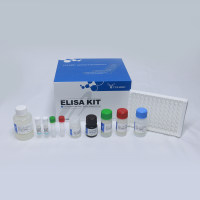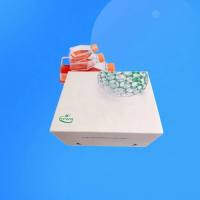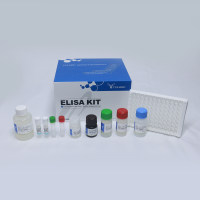Early hematogenous spread of cancer cells must be regarded as major cause for the later development of metastatic disease in patients with completely resected solid tumors, which account for the majority of cancer-related deaths in industrialized nations. Because current procedures for tumor staging usually fail to detect such micrometastases, immunocytochemical assays with monoclonal antibodies directed against epithelial differentiation antigens have been designed for the detection of individual micrometastatic carcinoma cells in secondary organs. The recent development of monoclonal antibodies directed to epithelial differentiation proteins has opened a diagnostic window to detect such disseminated carcinoma cells. Methods for immunocytochemistry are described in detail in Chapter 2 by Brooks. Several studies have shown that bone marrow is an important, clinically relevant indicator organ for early disseminated cancer cells derived from various epithelial organs, including breast, lung, colon, rectum, prostate, kidney, ovary, esophagus, and pancreas (for review, see ref . 1 ). The use of various detection antibodies and marker antigens has contributed to an enormous heterogeneity in the methodology applied.
The critical methodological evaluation of these antibodies in respect to specificity and sensitivity revealed considerable discrepancies in their potential to build a solid basis for a reliable and reproducible assay. Most of the studies were performed with monoclonal antibodies either against cytokeratin (2 -5 ), a major constituent of the cytoskeleton in epithelial cells, or against membrane-bound mucins, such as epithelial membrane antigen, human milk fat globule, and tumor-associated glycoprotein-12 (6 -8 ).






